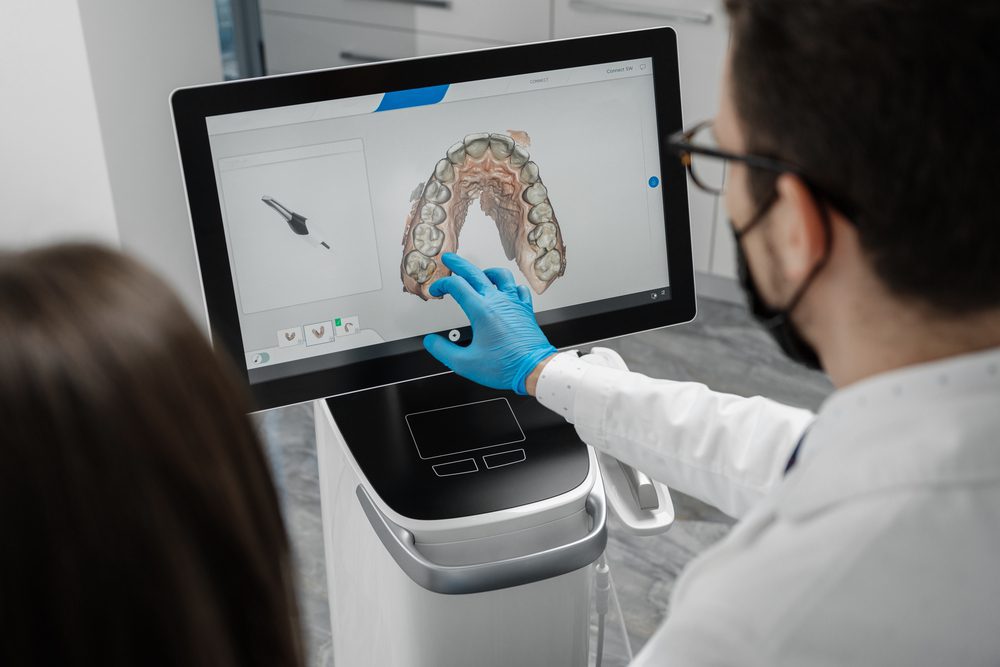Posted on April 6, 2023
Are you considering a career in orthodontics? You may be wondering about the future demand for this field. Will there be job opportunities for orthodontists in the years to come?
Orthodontics is a specialized field of dentistry that deals with the diagnosis, prevention, and correction of malpositioned teeth and jaws. It is a popular career choice for those interested in dentistry, but with an added focus on the aesthetics and functionality of teeth. With advancements in technology, there have been recent changes in the field of orthodontics, leading to a rise in demand for orthodontic services around the world.
In this article, we will explore the future demand for orthodontists globally and the factors that affect it. We will also discuss the challenges and opportunities that come with a career in orthodontics. Whether you are a student considering a career in this field, a practicing orthodontist, or a general dentist curious about the future of dentistry, this article will provide you with valuable insights.
Orthodontic treatment has become increasingly important in recent years for several reasons.
As a result, orthodontic treatment has become an essential part of maintaining good oral health and achieving the perfect smile.
Orthodontics is a field of dentistry that focuses on correcting misaligned teeth or jaws. Technological advances continue to revolutionize orthodontic treatments, making them more comfortable and efficient for patients.
Digital scanning is one of the most significant technological advances in orthodontics. Traditional impressions involved using a putty-like material to create a mold of the patient’s teeth. Now, digital scanners can create three-dimensional images of the teeth, eliminating the need for physical impressions. Digital scanning is more accurate, efficient, and comfortable for patients.
3D printing technology has become a game-changer for orthodontic treatments. Orthodontists can create precise and customized models of the patient’s teeth, creating braces that are more comfortable and efficient. They can also create clear aligners that are almost invisible, providing a more aesthetically pleasing option for patients.
Robotics and artificial intelligence (AI) have taken orthodontics to a new level of precision. During orthodontic procedures, robotic arms can place brackets on the teeth with a level of accuracy that cannot be matched by human hands. AI can also help orthodontists anticipate how the teeth will move and how long the treatment will take.
Orthodontic software is another significant technological advancement in the field. These programs allow orthodontists to plan and execute treatments with more precision and efficiency. They provide detailed measurements, calculations, and treatment plans, ensuring the best possible results for patients.

Self-ligating braces are an innovative type of braces that use special clips instead of rubber bands to hold the archwire in place. The clip technology reduces friction and pressure, allowing for a more comfortable and efficient treatment process.
Technological advances in orthodontics have made treatments faster, easier, and more comfortable for patients. From digital scanning to self-ligating braces, these advancements have revolutionized the way orthodontists treat their patients. As technology continues to evolve, we can expect even more exciting developments in the field of orthodontics.
The demand for orthodontic services is greatly affected by demographics. Age plays a significant role in the demand for orthodontic treatments, with children and teenagers being the primary group seeking services.
In addition, factors such as income level, education level, and cultural background also impact the demand for orthodontic services. For example, families with higher income levels are more likely to seek orthodontic treatment for their children.
Understanding how demographics impact orthodontic demand is crucial when developing marketing strategies and creating treatment plans tailored to specific patient groups.
Every year, millions of people seek orthodontic treatment to correct issues with their teeth and jaws. However, the cost of such treatment can be a major barrier for many patients. That’s where insurance comes in.
Orthodontic treatment is not cheap. According to the American Dental Association, the average cost of a comprehensive orthodontic treatment plan ranges from $3,000 to $7,500. This figure can be even higher for patients who require more extensive treatment.
Without insurance coverage, these costs can be prohibitive for many people. As a result, they may choose to forego treatment altogether, resulting in lower demand for orthodontic services.
Insurance can make orthodontic treatment more accessible and affordable for patients. Most insurance plans cover a portion of the cost of orthodontic treatment, with some plans covering up to 50% of the total cost.
This can make a significant difference in the demand for orthodontic treatment. When patients have insurance coverage, they are more likely to seek out treatment and be able to afford it.
In addition to helping patients pay for treatment, insurance can also influence the type of treatment they receive. For example, some insurance plans only cover certain types of treatment, such as traditional metal braces or clear aligners. As a result, patients may be more likely to choose one of these options over others, even if it may not be the best choice for their particular needs.
Insurance plays a crucial role in the demand for orthodontic treatment. Without insurance coverage, the cost of treatment can be too high for many patients, leading to lower demand for orthodontic services. By making treatment more accessible and affordable, insurance can help increase the demand for orthodontic treatment and improve the oral health of millions of people.
The demand for orthodontists has been steadily increasing in recent years, with more people seeking orthodontic treatment for both functional and cosmetic reasons. According to the Bureau of Labor Statistics, the employment of orthodontists is projected to grow by 7 percent from 2018 to 2028, which is faster than the average for all occupations.
One of the main reasons for this growth is the increasing awareness of the importance of oral health and the benefits of orthodontic treatment. With advances in technology and the development of new treatment options such as clear aligners, more people are opting to undergo orthodontic treatment.
In addition, the aging population is also contributing to the demand for orthodontic services. As people age, their teeth may shift or become misaligned, requiring orthodontic treatment to correct these issues.
Another factor driving the demand for orthodontists is the rise in disposable income in many countries. With more disposable income, people are more likely to invest in their appearance and seek out cosmetic treatments such as orthodontics to improve their smile and boost their confidence.
Overall, the demand for orthodontists is expected to remain high in the coming years, making this a promising career path for those interested in dentistry and orthodontics. However, competition for orthodontic residency programs can be intense, so it is important for aspiring orthodontists to have a strong academic record, relevant experience, and a passion for the profession. Contact OrthoSynetics today for more details!
